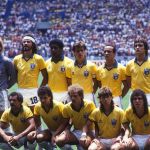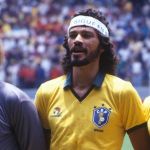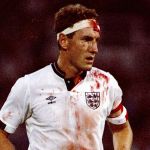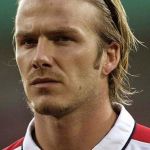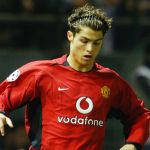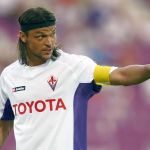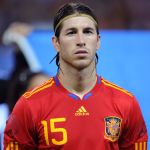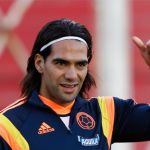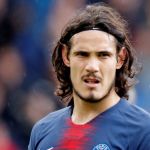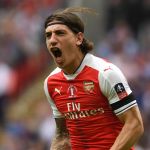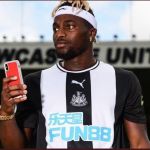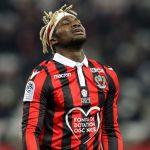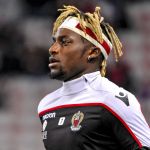
The recent headband history in the world of football
From Socrates to Cristiano Ronaldo and Allan Saint-Maximin
December 9th, 2019
According to Pelè, he was the smartest player in the history of Brazilian football, but many people remember him for being the promoter of the Democracia Corinthiana, others for his Italian years, at Fiorentina. Socrates, one of the symbols of the Brazilian squad in the 1980s, was one of the first players to show off a big white headband during a match, but not just to hold his long curly hair: before the beginning of the World Cup opening match against Spain, the 'doctor' decided to use a sock writing on it 'México sigue en pie' to show solidarity with the Mexican people, victim of the earthquake a year before hosting the tournament. From that June 1, 1986 to today the football aesthetic has changed considerably (no more earrings and socks lowered, but more tattoos and tight-fitting shirts), but the headband is still used: despite not having a thick hair to contain, Cristiano Ronaldo exhibited a mini band during the last three matches against Atletico Madrid, Sassuolo and Lazio which inevitably made us reflect on what this item has changed in the last thirty years.
The players with the headband have in common the wild hairstyles, of course, impossible to manage and not very functional to the football games. But in reality, on the threshold of the new decade, the players wearing the hairbands have practically disappeared, proving that this is certainly a vintage trend, a conscious virility display that has gradually expired over the years with the advancing new tidier and less sloppy hairstyles, and with the evolution of aesthetic criteria. But between the years across the 2000, the idea of wearing long hair almost down to the shoulders was undoubtedly a real fashion, anything but temporary, which marked a bit of everyone: South American strikers (during our childhood, was a fixed quota in the Argentinian squad thanks to Almeyda, Sorin, Placente, Demichelis, Pochettino, Crespo, Ortega and Batistuta, and also a young Messi) and giants from East Europe, future golden balls, provincial players and many famous Italian footballers. All unaware of how awkward it was to look like that on a football pitch, and that today would certainly be shocked watching the pics of the times. If some players have used it throughout their career (perhaps abandoning it only at the end), making it in fact become a distinctive sign of their character, others have simply tried it on some rare occasion or in short periods of identity crisis, enough to figure into the maxi group of addicts from which it's not possible to go back. Some instead used the band as a lucky charm, some as a protective band (Wayne Rooney in 2013) and some to try to hide the baldness (remember Gervinho?). For some champions it has become almost impossible to give up the band, to the happiness of the great world brands that have exploited this market connection successfully: it's the case of Nike and the famous Ronaldinho band, recently also become an Instagram filter.
Different in material, color, size and positioning with respect to the forehead and hair, the headband trend, and consequently its popularity, is mainly linked to the great champions who have worn it over the years, including many interpreters too objectively elegant. And it is almost inevitable that among these there is one of your childhood idols: Made in Italy icons such as Francesco Totti, Fabio Cannavaro, Alessandro Nesta and Paolo Maldini (all together a step away from the winning of Euro 2000), International stars like David Beckham and a modern stars, like Neymar. The headband helped us to mark different football eras: from Terry Butcher playing despite the blood-stained for pure sports patriotism, in 1989, it appear again during Nice-Bordeaux, January 2019: Allan Saint-Maximin, a great fan to the hair band because it manages to contain perfectly his small dreadlocks (there is also a picture of him in 2002, when he is just five years old) decides to take the field with a 180 pound Gucci headband, the maximum declination (or derives) possible use of the band in modern times.
A few months later, after that look went around the world and he was bought by Newcastle United, that headband becomes a real case: he can't show it off anymore because it is forbidden by the rules of the Premier League, and he is forced to cover it. The bandage became his biggest brand (even more than dribbling), and his fans even asked through a petition to add it to his FIFA character. And it is rumored that Mike Ashley, the owner of the English sports merchandise giant Sports Direct as well as of the Magpies, has decided to choose him in order to market a special band produced by the Slanzenger brand.








































.png)


.jpg)

























































